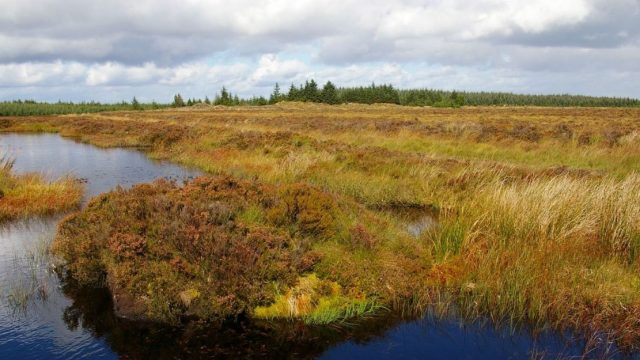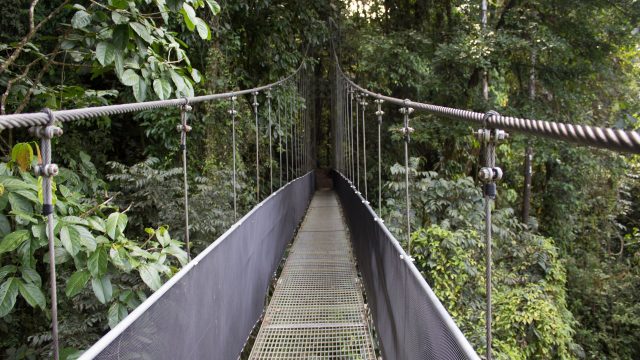Everoze Carbon Removal Part 3 – Avon Needs Trees
Published 11th November 2021
At Everoze we have spent a substantial amount of time researching carbon removal schemes to drawdown residual carbon which we cannot yet avoid emitting through our actions (mostly energy, travel and IT equipment). We think it’s fair to say that the marketplace for carbon offsetting schemes is a minefield for misunderstandings and so we wanted to really get under the skin of the schemes we were using for our 2020/21 financial year. In the end we selected a portfolio of 4 schemes. We have already talked a bit about the first 3 of these here and here. The final chapter in this story (the subject of this blog) is the charity Avon Needs Trees.
We reviewed the numerous schemes we looked at under 9 separate criteria, but probably the most important were:
- Additionality (would this happen anyway?)
- Timescale (over what time period is the carbon being removed?)
- Resilience (likelihood this carbon removal will be reversed in the future)
- Certainty (Is it clearly removing carbon?)
To get a firmer grasp of these, some of us went to visit the pilot project for Avon Needs Trees at Hazeland, near Melksham in Wiltshire. We were very impressed at what this charity are striving to do and the attention to detail that they are giving it. The trees are planted and maintained by an army of volunteers, so it is really just the price of the land that donations are needed to cover. On our visit it was very apparent just how holistically they make planting decisions, considering a wide range of factors from soil types, ecology, flood mitigation and more. They are also providing a permanent place at which academic institutions (currently the University of Bristol) can undertake long-term forest studies and surveys, including growth rates and uptake of carbon.
Nevertheless, Avon Needs Trees is not specifically set up to focus solely on carbon removal, with it following a rather wider remit of helping to enhance forests, wild spaces, flood mitigation and bio diversity in the Avon River catchment area. This meant we needed to do our own homework to seek to convert any donation we made to a realistic and reliable carbon figure.
In terms of additionality, Avon Needs Trees is specifically seeking patches of mostly farmland to purchase and convert to forest or other wild spaces. They perform careful surveys of the land prior to planting trees to ensure that they are not disturbing existing fragile or rare ecosystems or species and then plant with a mixture of native trees suitable to the local soils and landscape. We were truly bowled over by the level of detail they look at, with some areas of just a few meters wide identified as having a particular species and therefore left clear of trees. The plots of land they ultimately select are unlikely to be converted to forest through a different buyer and would be expected to remain either open farmland or equestrian paddocks in most cases were it not for Avon Needs Trees.
In terms of timescale, this is a critical consideration for all tree planting schemes. Most carbon offsetting schemes account for the carbon removed over a very long period of time, with trees in temperate climates typically reaching maturity over about 100 years or so. This means a 2 hour flight might actually only be fully offset after 100 years! We do not consider that to be a valid solution to a climate emergency. For all our tree planting schemes, we have therefore applied a large multiplier based on carbon uptake profiles for native woodland in northern Europe, as produced by the Woodland Carbon Code, to plant a sufficiently large area of trees to provide the carbon drawdown in 10 years instead of 100 years.
On resilience, this is an area where Avon Needs Trees is particularly strong. Unlike most, they actually buy the land and then place it in trust, meaning that it would be very unlikely to subsequently be converted for another use.
Finally, in terms of certainty, Avon Needs Trees was one of the harder options in our portfolio to get comfort. This is because, like everyone, they are subject to undertaking a full Environmental Impact Assessment (EIA) in order to plant more than 5 hectares, and just 2 hectares in more sensitive areas. One element of the EIA process is a full archeological survey, which, if initial surface surveys reveal any potential anomalies, would require further costly investigations including digs etc. This requires either significant cost outlay prior to the purchase or the risk of not being able to plant trees. Ultimately, therefore the certainty of carbon removal (or proportion of tree coverage) has to be evaluated on a site by site basis. In this instance, Avon Needs Trees was raising funds to purchase a 14 acre site called Stanley Lane, located very close to their existing Hazeland site. On review of the site specifics we were able to get comfortable that we could estimate a (probably conservative) factor to account for the likely percentage of the site which could be planted.
To conclude, all carbon removal schemes are complex and will have benefits and potential disadvantages. That is why we have opted to select a portfolio of different schemes. We are delighted to have included the wonderful charity Avon Needs Trees within this portfolio. Their work is, in our view, industry leading in terms of the dedication and detailed research they undertake. To make any such scheme truly effective, to truly remake what nature does autonomously, we have to think very carefully and holistically about every part of the land and what planting or protection is best, even at the level of a few square meters, something we have seen first-hand with Avon Needs Trees.
So, with that, I’m off to the woods!






